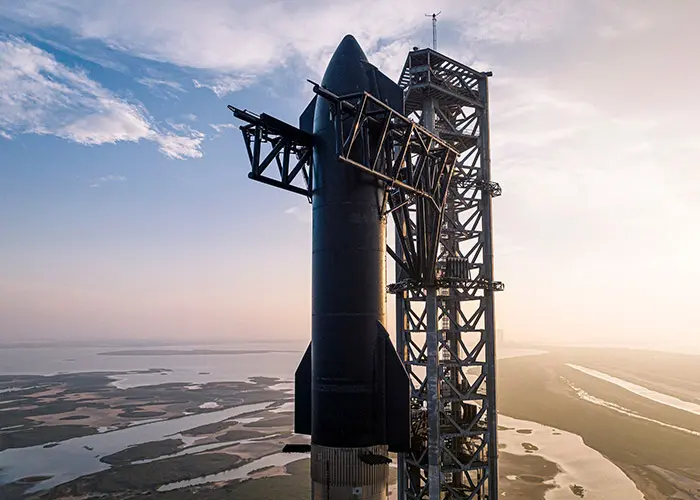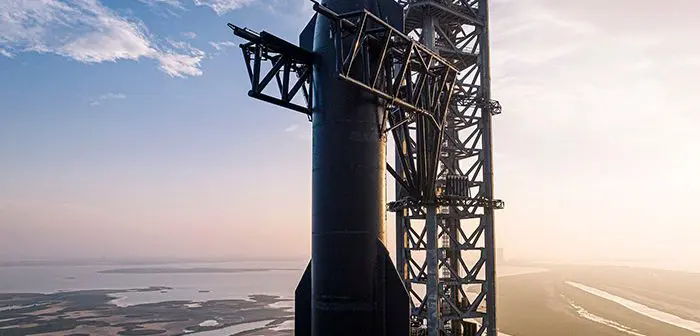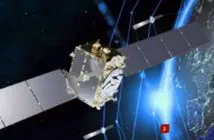
Advanced imaging company Teledyne Technologies says its sensors will play a key role in two NASA explorer missions launching later this month. Both missions launch on the same rocket on February 28, 2025, from Vandenberg Space Force Base.
The PUNCH mission (Polarimeter to UNify the Corona and Heliosphere) is led by Teledyne Space Imaging customer Southwest Research Institute on behalf of NASA. It is a small explorer mission with four separate satellites flying in a sun-synchronous low-earth orbit.
PUNCH will take pictures of the solar corona from the outermost solar atmosphere through to the inner heliosphere using continuous 3D deep-field imaging. The data will increase understanding about how coronal structures transform into solar wind.
Teledyne Space Imaging built the CCD230-82 image sensors for PUNCH by taking existing designs and customising them to meet highly precise specifications. The sensors were extensively modelled and tested to ensure they can withstand the hostile space environment for the duration of the mission.
“I have worked on PUNCH since 2018 when we first bid for the project,” said Teledyne’s Katherine Lawrie. “To see it come to fruition and launch this year alongside SPHEREx is extremely exciting.”
Launching on the same Falcon 9 rocket is SPHEREx, NASA’s first all-sky infrared spectroscopic survey mission. Teledyne Space Imaging designed, built and installed six short-wave and mid-wave H2RG focal plane array sensors for SPHEREx, which stands for Spectro-Photometer for the History of the Universe, Epoch of Reionisation and Ices Explorer.
The mission will collect data on more than 450 million galaxies and more than 100 million stars in the Milky Way.
“Teledyne started working on the SPHEREx contract at the end of 2019, delivering the detectors in 2022,” said Teledyne’s Meghan Dorn. “We are thrilled to be ready to see the mission launch at the end of this month. Once it is in place, there will be a total of 133 Teledyne-designed infrared sensors in space, which is a truly impressive feat and one of which we are all very proud.”





